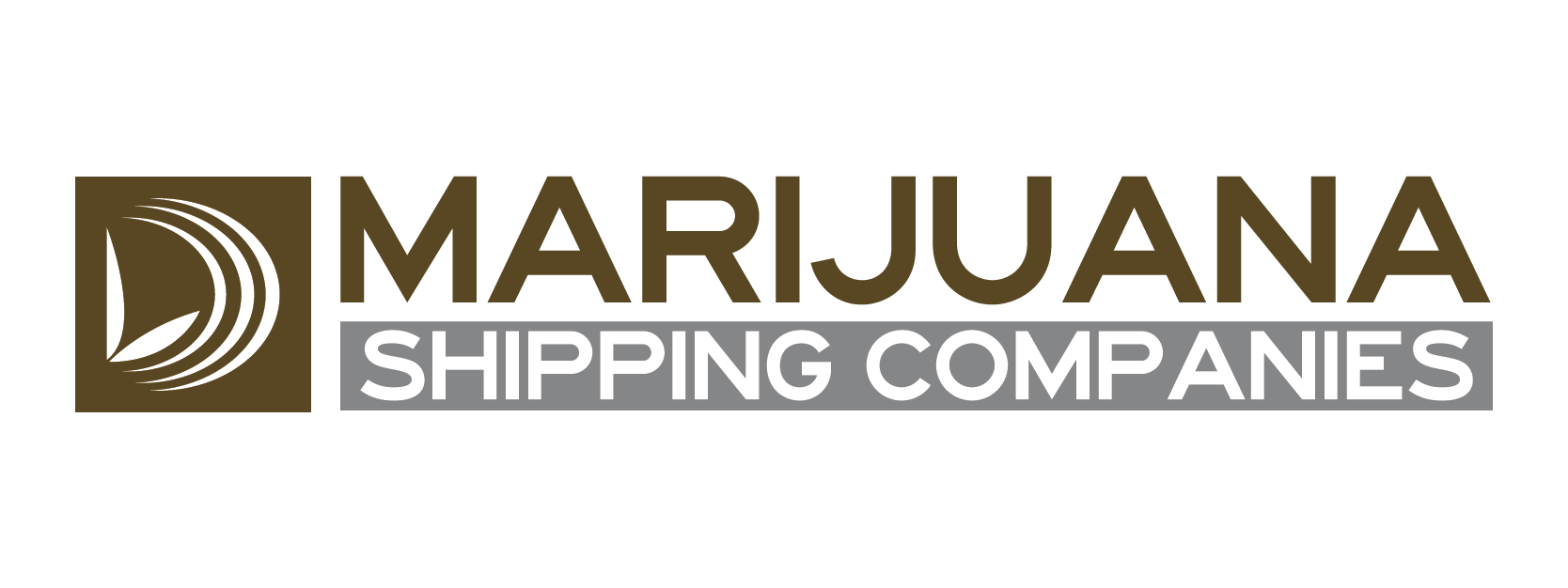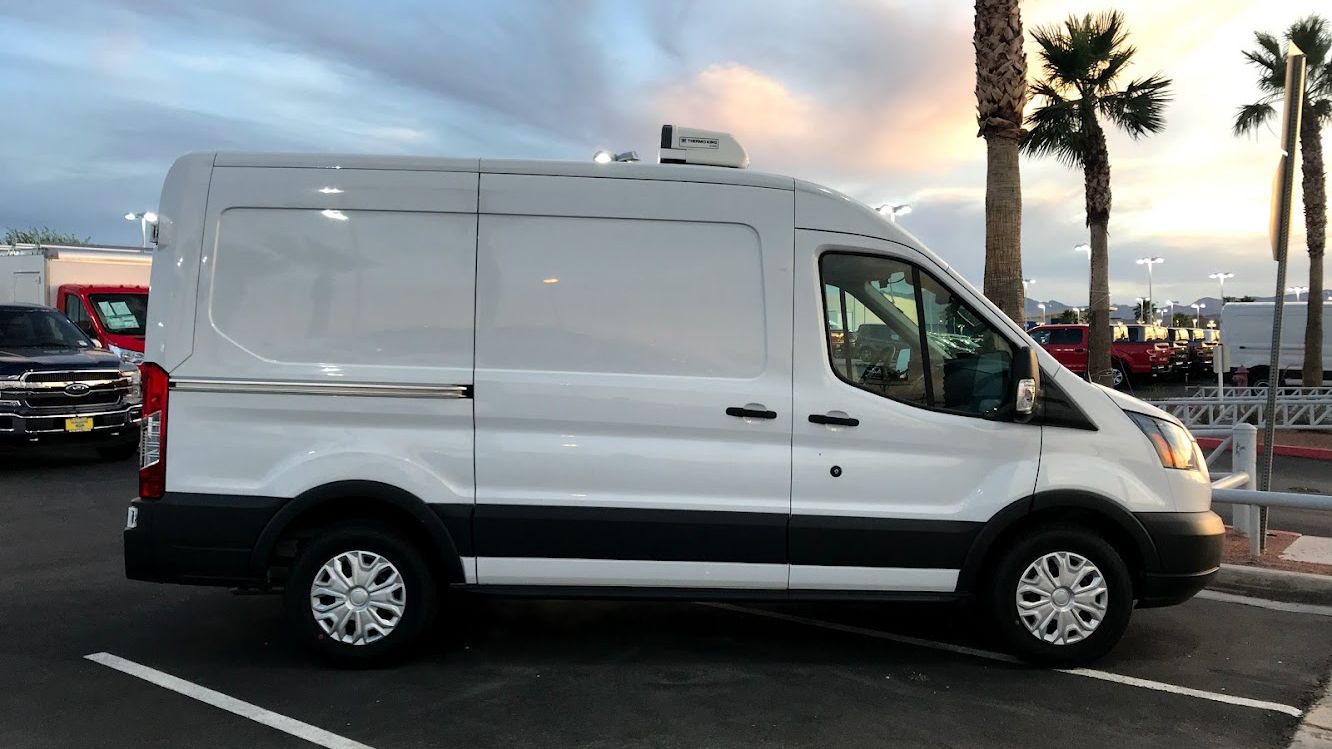Hybrid logistics strategies—combining in‑house and outsourced operations—can alleviate many distribution and shipping challenges faced by cannabis supply chains. Here’s why this model works, backed by trusted industry insights.
What is hybrid logistics?
A hybrid logistics model blends internal logistics (e.g., a grower’s own warehousing or delivery fleet) with external third‑party logistics (3PL) providers and specialized services. This combination allows businesses to maintain control over core competencies while leveraging external flexibility and expertise.
Balancing control and agility
Cannabis companies often need to tightly manage sensitive inventory—particularly to ensure regulatory compliance, maintain security, or oversee cold‑chain integrity. In‑house systems offer that precision. But demand spikes, geographic reach, and varied delivery types can overwhelm internal capacity. Hybrid models allow these firms to keep key operations internal—such as secure storage and compliance control—while outsourcing overflow capacity, last‑mile delivery, or expansion needs.
Enhancing resilience and reducing risk
State‑by‑state cannabis regulation makes shipments especially vulnerable to logistical breakdowns. A hybrid structure mitigates such risks. If in‑house systems falter—due to capacity constraints, equipment failure, or shifting market conditions—3PL partners can pick up the slack. Industry studies on hybrid supply chains highlight this risk mitigation: diversified control points reduce vulnerability to disruptions and enhance continuity.
Optimizing costs
Hybrid logistics empowers companies with multi‑channel, multi‑warehouse, and multi‑carrier coordination—allowing them to pool inventory, lower overhead, and select cost‑efficient carriers or hubs dynamically. In cannabis, this means operators can use their own warehouse for high‑value, temperature‑sensitive stock while outsourcing bulk or less‑critical inventory—lowering total fulfillment costs without sacrificing quality.
Enabling scalability
Cannabis markets are exploding—North America’s legal market reached almost USD 45 billion in 2024 and is projected to grow at a ~24.5 % CAGR through 2033. This rapid expansion strains existing infrastructure. Hybrid logistics enables operators to scale dynamically: ramping up third‑party capacity during growth phases, then scaling back when volumes stabilize—without heavy investments in fixed assets.
Tailored delivery models
Cannabis businesses often juggle multiple delivery types: retail store pickups, direct dispensary fulfillment, subscription deliveries, or event-based deliveries. Successful cannabis delivery models like the “pizza shop” (central dispatch) and “ice‑cream truck” (on‑board inventory) workflows often rely on a hybrid version to support both centralized packing and driver‑inventory models simultaneously. Hybrid logistics adapts to varied delivery requirements and consumer preferences.
Sustainability and compliance benefits
Beyond logistics efficiency, hybrid frameworks support eco‑friendly practices. Bulk cannabis networks are adopting optimized routing, upgraded vehicles, and packaging innovations to cut carbon footprints. Internal teams can pilot green initiatives (e.g., electric vans or biodegradable packaging) while outsourcing overflow or regional routes, enabling compliance and sustainability goals together.
Why it works for cannabis
- Regulatory sensitivity: Hybrid models respect tight state regulations by keeping core functions in‑house.
- Geo‑restriction handling: Intrastate-only transport demands adaptable logistics; outsourced providers can supplement local gaps.
- Mixed delivery types: From retail to bulk, hybrid supports varied fulfillment models.
- Rapid market growth: With evolving demand across states, hybrid systems facilitate agile scaling and cost control.
Final Thoughts
For cannabis operators juggling compliance, variable demand, diverse delivery channels, and sustainability, hybrid logistics is a strategic fit. By combining in‑house precision with third‑party flexibility, businesses achieve cost efficiency, resilience, and scalability—without losing control over critical processes. As the industry evolves, clever logistics design may define operational success.

